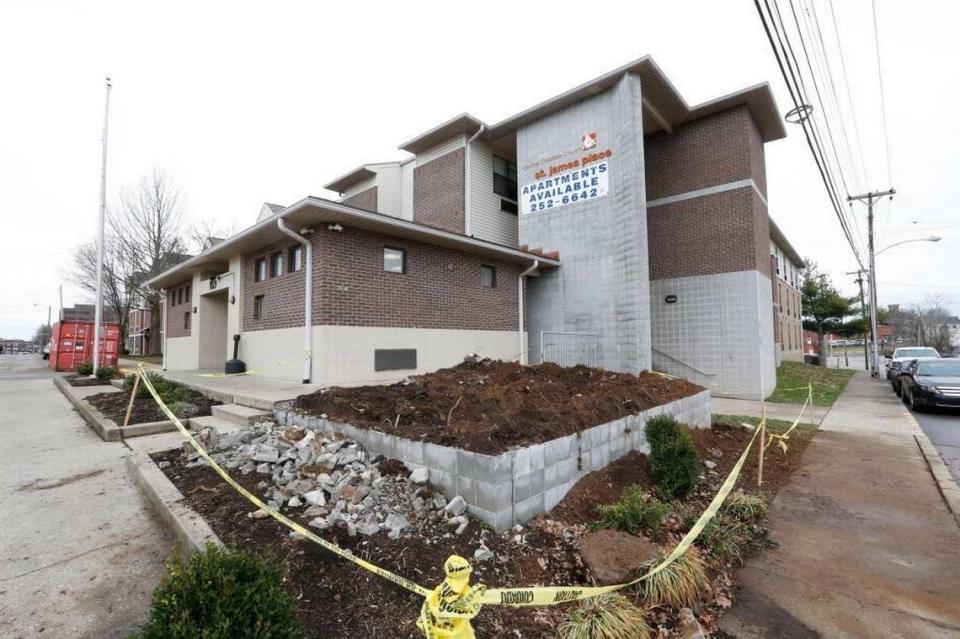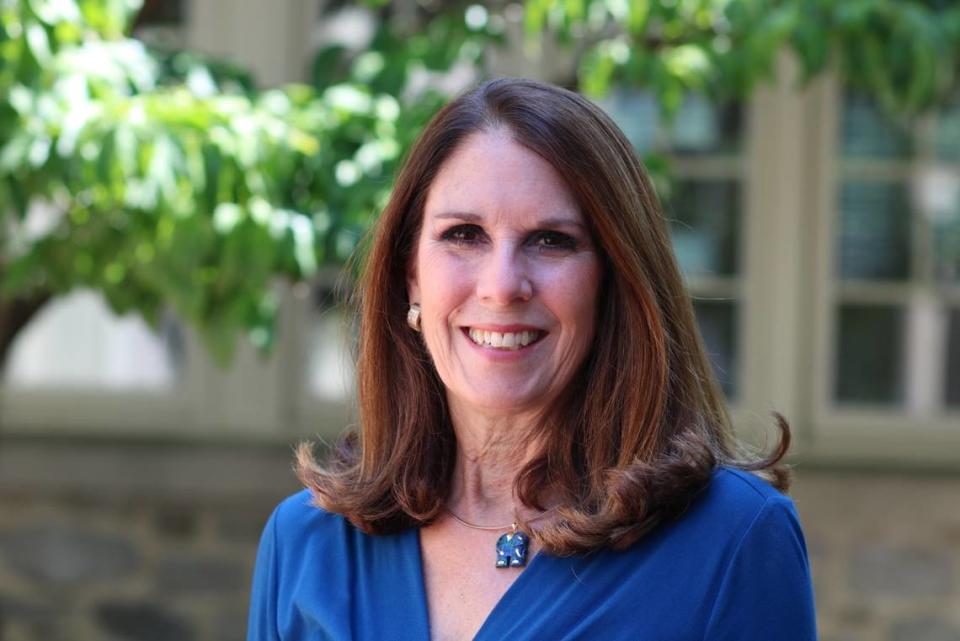Opening Lexington’s Urban Service Boundary will not guarantee affordable housing | Opinion
Growth decisions are complicated and can impact our community for decades to come. Our Lexington citizens deserve thoughtful, careful evaluations of growth pursuant to a vetted process, based on accurate data, and not decisions made out of frustration.
When considering whether to expand the Urban Service Boundary (USB) in an effort to create more affordable housing, we have to be realistic. The truth is that no amount of acreage added to Lexington’s Urban Service Area (USA) will cause the price of new houses to drop enough to make those houses “affordable”. As nice as it sounds in theory, the research shows the free market simply doesn’t work that way, at least with respect to residential development.
The cost of raw land under any house built in Fayette County in the last 30 years is a small fraction of the total cost for the finished product. Many other factors contribute to that final price: materials and inflation, labor costs, and mortgage costs, which will not be reduced in any significant way by flooding the market with cheap land. Even if parcels were given to builders for free, the market price for most houses would be unaffordable to many of our residents who cannot now buy in Lexington.

Despite periodic declines in housing prices, the cost-trend overall is going in one direction — up, regardless of how many acres are available. Lexington is not alone; the cost of housing across America is growing faster than the average person’s ability to afford it. According to the National Association of Realtors’ Housing Affordability Index, Lexington is one of the more affordable cities in the US. Increasing the size of the Urban Service Area will not improve that fact.
To increase our supply of housing working families can afford, we should use the more than 6,000 acres of land inside the USB already identified by research as vacant, and build attractive, well-designed, multi-family homes at reasonable densities in accordance with the Comprehensive Plan. We should utilize the tools we have (land- banking, direct subsidies, nonprofits like Habitat for Humanity, charitable loans or grants) to financially assist those of our neighbors who need a hand up.
The Goals & Objectives in the Comprehensive Plan should direct the finalization of a good process for growth — not give in to private interests’ demand for “more land” without any guardrails or any data to suggest that land will actually meet Lexington’s needs.
The only true way to ensure housing becomes more affordable for Lexington residents is to create a data-driven process to incentivize the type of development we demand to see. Without a process in place, expanding the Urban Service Boundary is a mistake we will live to regret as a false solution to the housing crisis.

Mary Diane McCord Hanna is the Judge Executive of Fayette County and president of the Old Richmond Road Neighborhood Association.

